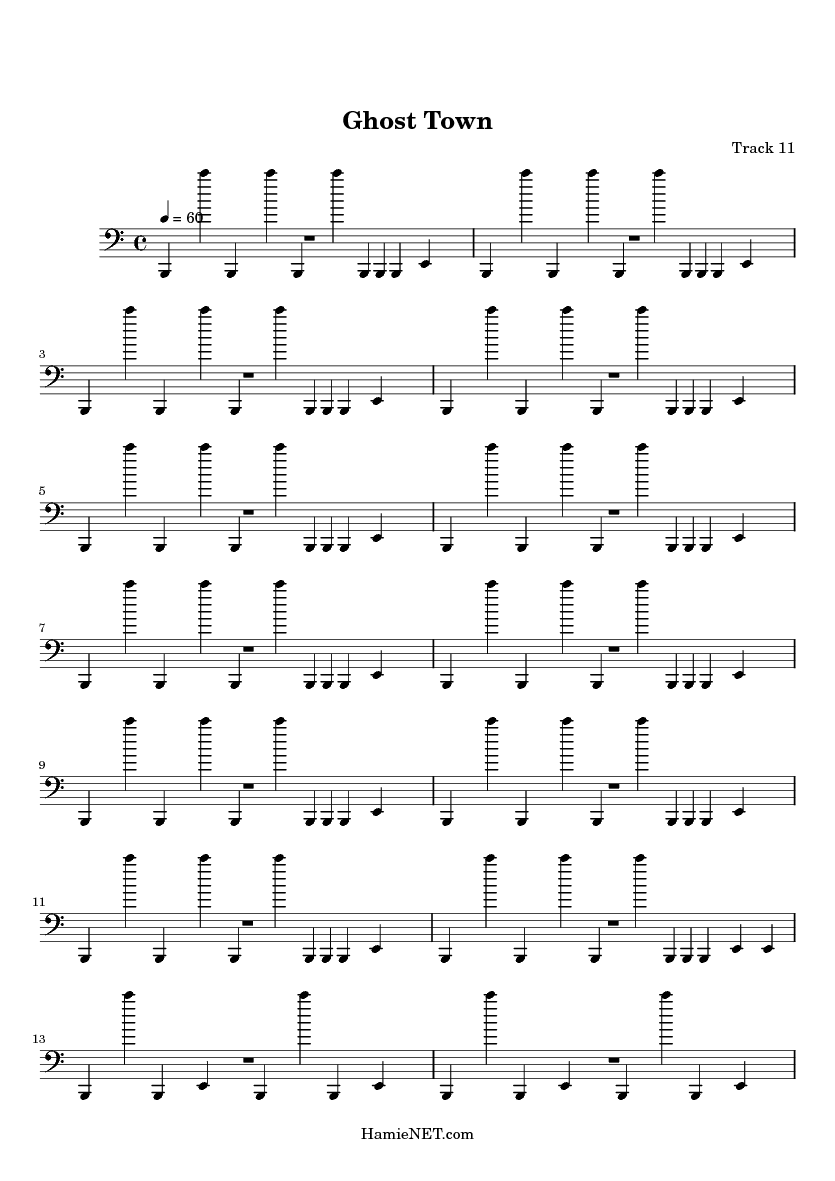
The narrative’s conceit should be clear at this point. Importantly, the director establishes the link between the shots of London with the members of the band in the car by making certain the windscreen reflects the tunnel’s lights. Note the shot of the police cones positioned on the double yellow lines which force us to continue around the corner. Here, it signifies the start of our journey with the band through the deserted streets of East London.
GHOST TOWN SONG DRIVER
The green traffic light is an obvious symbol which tells the driver to proceed through the junction. Their frightening presence establishes them as one of the dominant signifiers in the text. “Ghost Town” follows this convention by then focusing on different skyscrapers with each beat. In music videos, the movement from one shot to the next is determined by the rhythm of the song. The audience might feel a disorientating unease from the opening tilting and panning shots of these buildings. The brutalist grey concrete and glass set against the flat grey sky helps connote the uninviting society which built this harsh landscape. This makes the observer appear insignificant and powerless against the menacing architecture. The shots of tower blocks are taken from a worm’s eye view. The music begins with the dismal sound of the wind, which was created on a synthesiser, so it seems unnatural. In this way, The Specials are not only providing a soundtrack for the disenfranchised youth, but feeling the pain being felt by millions of people nationwide. Interestingly, since the band are performing in a car, it could also be argued they are merely repeating the lyrics they are listening to on the radio like many people do when they are driving. If the car signifies their journey through life in the 1980s, then not everyone will survive. In fact, towards the end of the last chorus, it appears one member of the band is thrown out of the car. Finally, the way they are crammed uncomfortably into the car probably connotes their struggle to find a place in society beyond the confines of the vehicle. The madness in the band’s faces during the hellish chorus is an appropriate signifier to convey the anger and sense of insanity felt by young people who were abandoned by the uncaring elite. Nightclubs are supposed to places where young people can meet and have a good time, but “all the clubs have been closed down” so their lives are muted or dead. For example, during the first verse, their body language is stiff and their facial expressions are lifeless. The tone of despair is supported by the band’s performance inside the car.

The lyric “can’t go on no more” is particularly sombre. The hypnotic chanting of the line “this town is coming like a ghost town” expresses a nightmarish vision of the world and the wailing chorus suggests we should be incredibly frightened by the prospect of this dystopian future. By lip-synching the lyrics and making eye contact with the viewer, it creates the impression the group are communicating directly to the audience. Typical of the performative style of music videos, the band members perform the song to the camera and look straight into its lens. However, the futility of their journey is confirmed by closing shot of the group throwing stones into the Thames.

The Specials are dressed for the weekend, but they drive aimlessly through the streets of London looking for somewhere to go. The narrative seems to be straightforward. Video can’t be loaded because JavaScript is disabled: The Specials – Ghost Town () Structure and Formĭirected by Barney Bubbles, the music video consists of two important structural elements: the band’s unnerving performance intercut with shots of the bleak urban landscape.


 0 kommentar(er)
0 kommentar(er)
